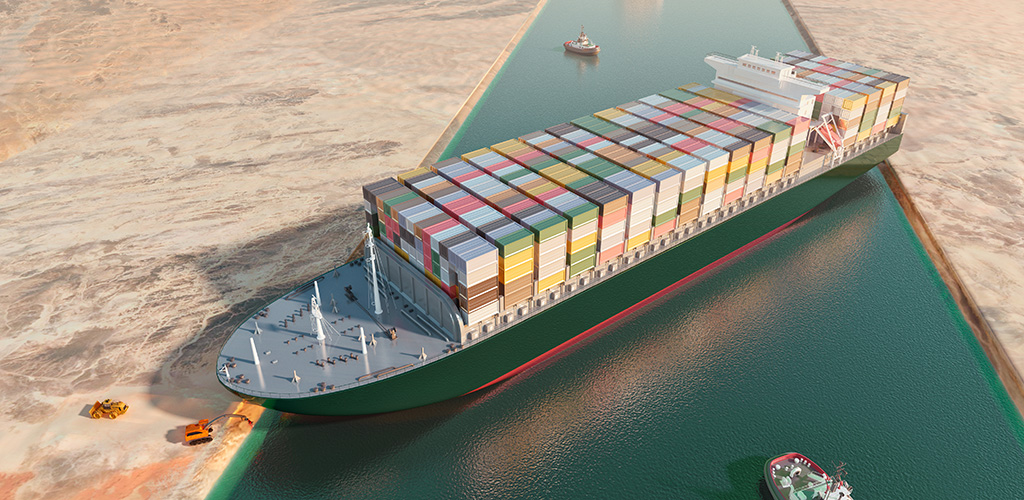Jun 23 | 2021
No Easy Lessons from Ever Given Incident

 By Jose R. Iribarren
By Jose R. IribarrenSince its opening in 1869, the Suez Canal has been one of the world’s most strategic maritime traffic spots. More than 18,000 vessels transit it every year. On March 23, the Ever Given – one of the world’s largest container vessels – grounded after losing control and the traffic of the channel was blocked. This event highlighted the importance of this waterway and took maritime traffic to the headlines.
Since then, we have read and listened to different hypotheses about what happened on board the Ever Given and the causes of the accident. But before making baseless comments, we need to know the sequence of facts that triggered the vessel running aground. Our experience as a port and maritime consultancy company, specialized in ship maneuvering, indicates that it is necessary to carry out an extensive compilation of all determining factors.
On one side, technical failure might have happened: engine stop, rudder blockage, bow thruster failure or malfunction of navigation instruments. On the other hand, there could be human failures: distractions, fatigue, routine factors, professional or personal stress, lack of communication and coordination, cultural contexts, or perception or decision-making errors. Meteorological conditions at the time of the maneuver – severe wind and a sandstorm – complicate the situation. These conditions hindered control of the ship and visibility of the pilot and captain on board. Moreover, specific navigation conditions of a very large vessel in a narrow and shallow channel must be considered. Most commentators do not consider all of these facts.
Consideration of Risks
Risk assessment is essential in an asset as globally important as the Suez Canal, and here all aspects must be taken into account to build and analyze highly improbable scenarios. In this particular case, the severity of the consequences – personal, environmental, reputational, and economic damage, direct or indirect – could be so high so as to make global risks inadmissible. Therefore, effective preventive measures must be put in place.
These include reliable aids to navigation and traffic control, definition of meteorological operation limits, assessment by experienced local pilots, and speed restrictions or escort tugs assistance. A detailed and specific operating regulation must be elaborated for each vessel class. Furthermore, additional redundancy measures could help reduce risk. In this way, a sufficient level of safety can be guaranteed, but always within as low as reasonably practicable criteria in terms of resources and cost.
The ongoing Ever Given research will help us learn about this incident in order to avoid future accidents, even if the experience shows us that every accident is always a chain of unexpected events and failures, in many cases difficult to predict or simply incredible.
It can be said that the outcome of the Ever Given has been rather fortunate, both for the shipping company, the country and the rest of the world because there was no human loss or environmental damage. The damage to the ship and its cargo was very limited and the costs of salvage, while significant, are not enormous. Of course, the butterfly effect on world trade and the small and large-scale economic losses remain unknown.
But we must congratulate the comparatively small amount of time it took to unblock the canal, and the rapid resumption of Suez passages. It was only blocked for six days and we must remember that the Suez Canal has closed for months or even years in other historical times, causing radical changes in maritime traffic and to the world economy. What would have been the consequences if the accident had been different, and the blockade had been prolonged? Are we prepared to face a different scenario?
Jose R. Iribarren is managing director at Siport21.
Image credit: Shutterstock



